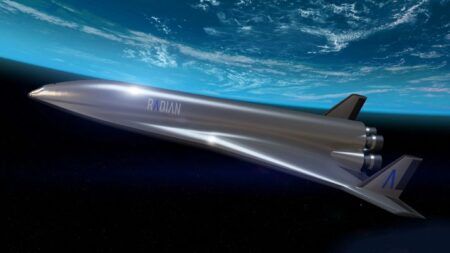Space X performed a full-duration test firing on July 28 of the Falcon 9 booster that successfully performed a satellite launch into a geostationary orbit in May of this year before returning to earth and being recovered.
In early May this year, a Falcon 9 rocket from Space X successfully launched the JCSAT-14 commercial communications satellite to a Geostationary Transfer Orbit followed by the successful landing and recovery of the first stage booster on a drone ship in the Atlantic.
This was a significant milestone for Elon Musk’s Space X organization whose business model was to recover the first stage boosters and reuse them for future launches, rather than building new ones at a cost of about US$60m. Cleaning up, checking out and refitting might only cost a few million dollars by comparison.
The booster from the May flight was prepared for reuse and on July 28, Space X performed a full-duration test firing of it at its McGregor, Texas, test facility.
This successful test is a critical component of Space X’s ambitions for reusing boosters.
Later this year, the company plans to fly a mission with a previously flown booster, although not the one which was tested on July 28, which will though continue to be used as a test article. Several boosters have now been recovered after their return-to-earth landings.
A previously used Dragon capsule is also scheduled for use in a flight. To date, only new capsules have flown. Space X plans to send an unmanned Dragon capsule to Mars sometime in 2018.
August 5, 2016




